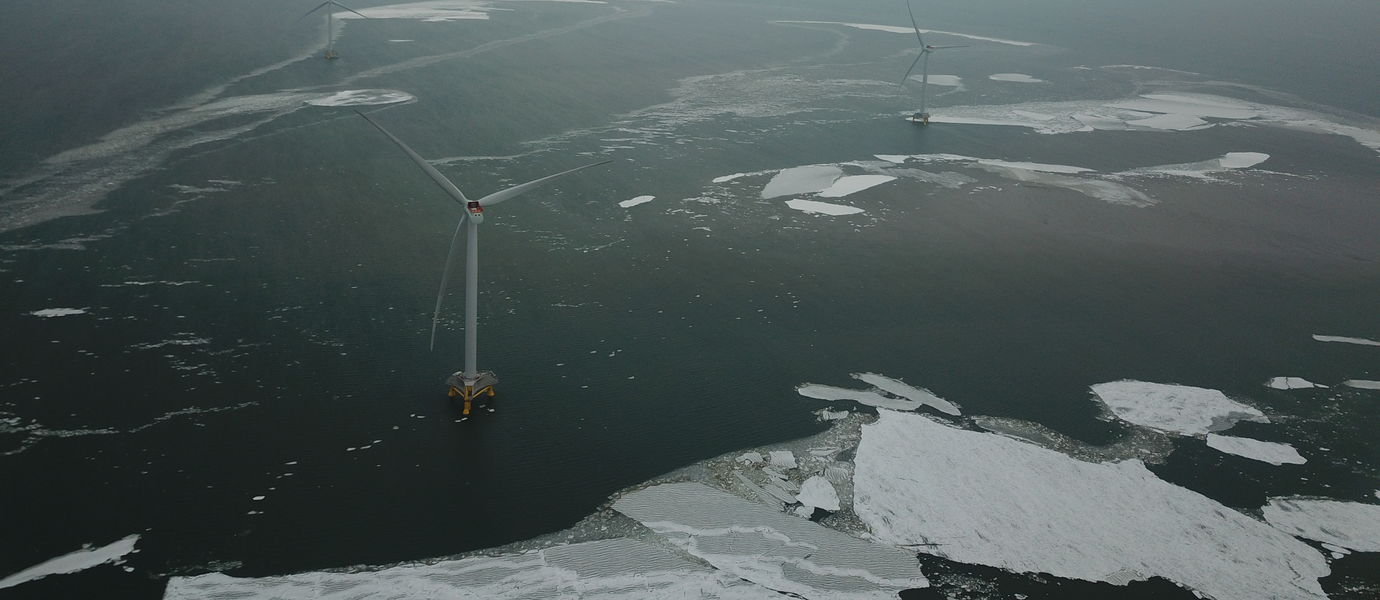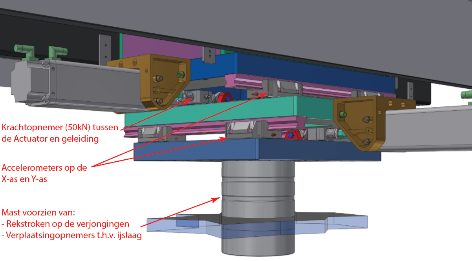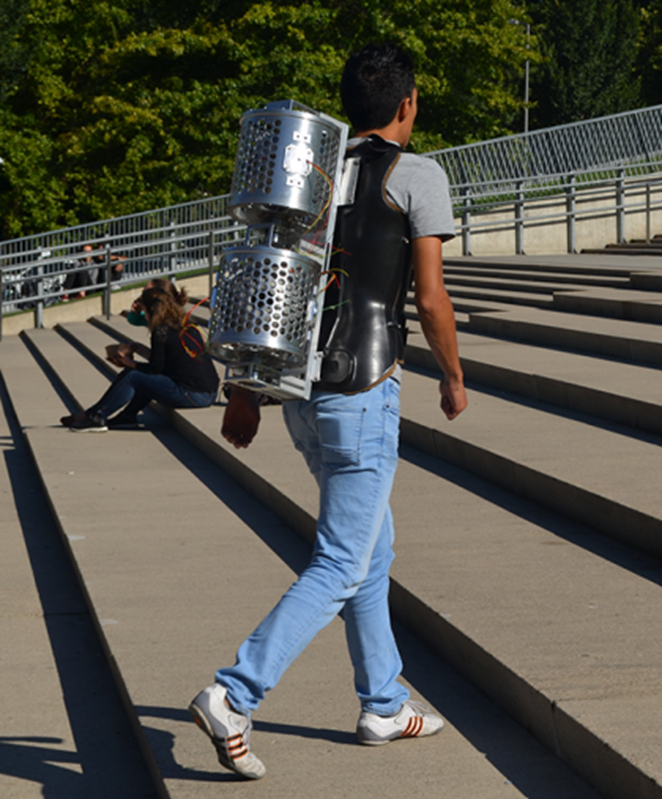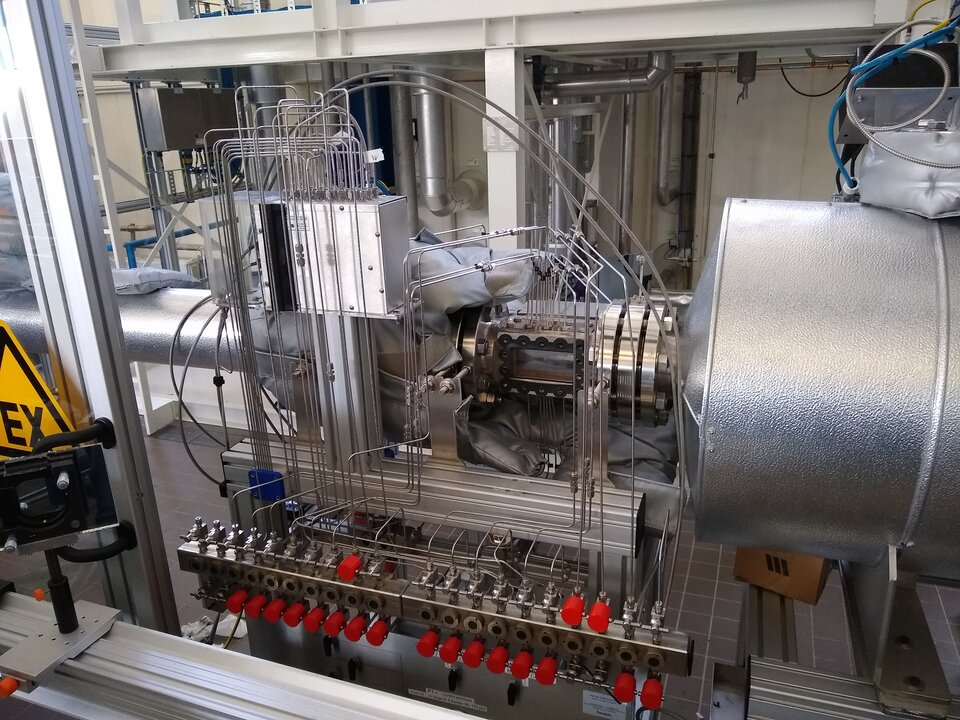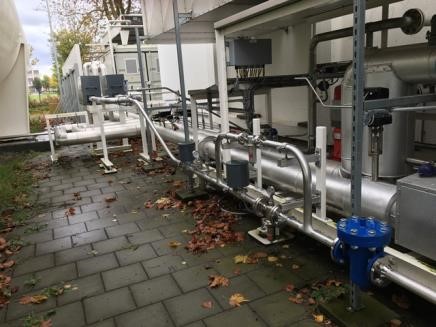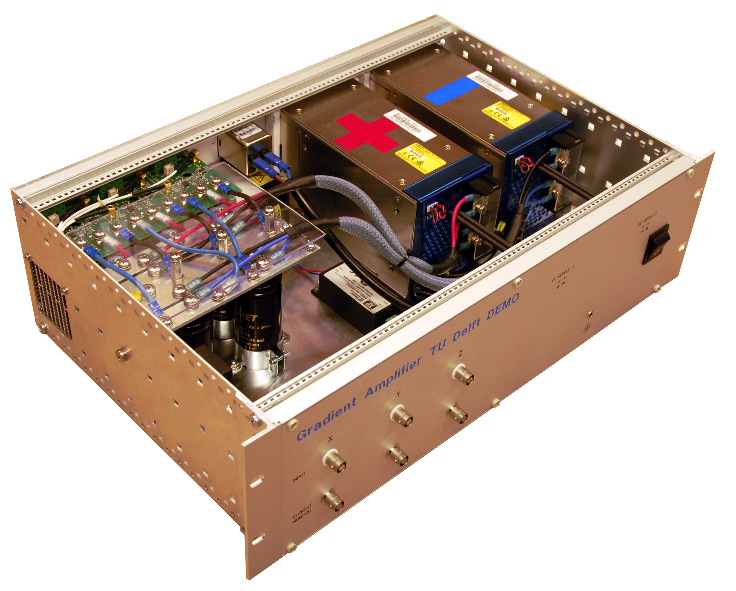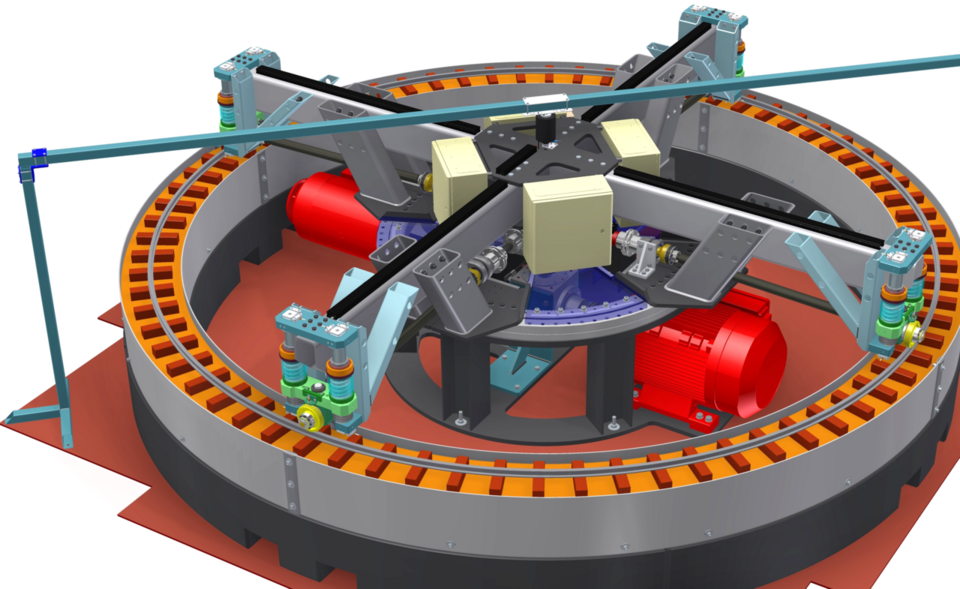In early 2020, DEMO received an application for a project. More than a year later, we reached the manufacturing phase of the “SHIVER” project.
SHIVER is the name of the consortium project by Delft University of Technology, Aalto University and Siemens Gamesa Renewable Energy, with funding by TKI Offshore wind energy. The goal is to develop an advanced calculation model that can be used in the design and optimisation of offshore wind turbines. The calculation model is designed to calculate vibrations to the structure caused by floating ice. These vibrations are a major threat to wind turbines in icy waters. Renewable energy at sea is the EU strategy for the coming decades to make European economies sustainable. For this purpose, the plan is to construct large offshore wind farms, which include the northern waters. Floating ice is then an important dynamic load criterion for the service life of these wind turbine structures.
To develop the calculation model, a simulation model is needed to quantify the ice loads on these mast structures. The behaviour of ice is non-linear, resulting in a non-linear interaction between ice and structure. The field of research is the resonance of the mast at the moment that the ice load falls away (breaking ice). There are still many unanswered questions in ice mechanics that are related to this. What exactly happens in the ice-structure interface during the interaction process is unknown. Extensive research is needed for this.
Scale-model experiments take place in the Aalto Ice Tank in Otaniemi, Finland.
Aalto University has a unique facility in the form of a square test basin, where an ice layer can be generated to carry out these kinds of experiments.
The CEG offshore engineering department and DEMO have jointly engineered a simulation model, in which a scale model of the turbine mast can be subjected to imposed displacements, frequencies (up to 15 Hz) and prescribed forces. This allows the mast to be tested for deflection and fatigue. This has resulted in an X-Y table powered by two 16 kN actuators. Sensors are placed at a number of locations in the structure to monitor the ice load on the structure (see illustration).
The entire structure is placed under a travel beam trolley.
For additional background information on the above article, please refer to the links below:
